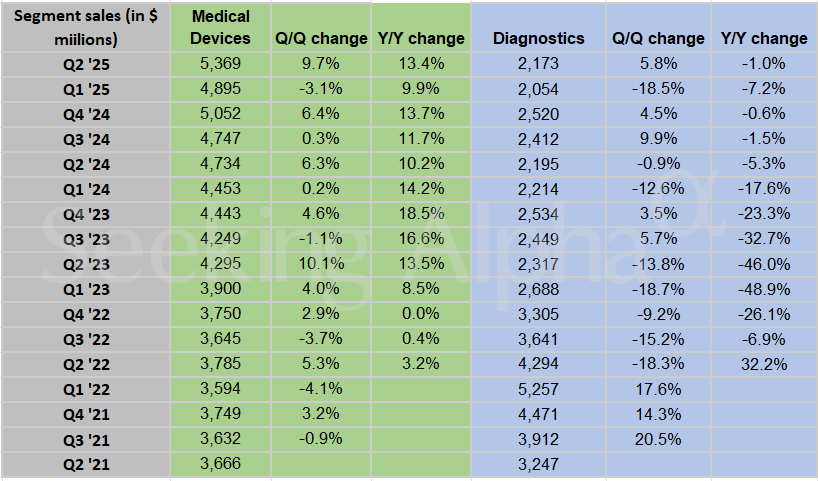SIPs (Systematic Investment Plans) help investors benefit from market corrections by accumulating more units at lower prices, which can lead to substantial capital appreciation when the market rebounds. The key advantage of SIPs is that they eliminate the need to time the market and promote disciplined, long-term investing.
On the other hand, lump sum investments may be suitable when investors have a significant amount of capital to deploy, and the market conditions, including valuation, are compelling. However, in a high-valuation environment, investing a large sum at once carries higher risk, especially if there's a market correction.
However, the choice between SIP and lump sum depends on an investor's risk profile, investment horizon, and financial goals.
There is one more term called STP (Systematic Transfer Plan). In this, an investor regularly transfers a fixed amount from one mutual fund scheme to another. This means they move their money from debt or liquid funds to an equity fund.
Now, let's know which route investors should take for mutual fund investment. Check the experts' views below:
According to Viraj Gandhi, CEO, SAMCO Mutual Fund:
When concerns around high market valuations remain, Systematic Investment Plans (SIPs) are generally the preferred mode of investment over lump sum, especially for most retail investors.
Why SIP is better when valuations are elevated:
1. Rupee Cost Averaging: SIPs help mitigate the risk of entering at a market peak. By investing periodically, you average out the cost of units, buying more when markets are low and fewer when they’re high.
2. Volatility Hedge: SIPs spread investment over time, reducing the impact of short-term market volatility that can hurt lump sum investments made at elevated levels.
3. Behavioral Discipline: Regular investing through SIPs removes the need for timing the market—an emotionally and technically challenging task.
4. Compounding Advantage: Long-term SIPs allow compounding to work in your favour, even if initial valuations are high.
When can lump sum investing still work?
If you're sitting on a large corpus (e.g., from a bonus, inheritance, or asset sale), consider these options:
1. STP (Systematic Transfer Plan): Park the lump sum in a liquid or ultra-short-term fund and systematically transfer it into an equity fund over 6–12 months.
2. Staggered Lump Sum: If you have conviction about market sectors or themes (e.g., correction-prone small-caps), divide your lump sum into tranches and deploy on corrections.
3. Asset Allocation-Based Approach: Invest a lump sum into a balanced advantage fund (BAF) or multi-asset fund, where the fund manager dynamically shifts between equity, debt, and other assets based on valuation and volatility.
Here's what Abhishek Misra, Mutual Fund head at Bonanza, says:
According to Misra, a lump sum investment is best for confident investors.
Investing a lump sum can be rewarding if the investor has conviction in long-term market growth and a high-risk appetite. However, in overvalued markets, entering all at once can expose the investment to immediate drawdowns.
Misra says, "Instead of deploying the entire amount at once, consider STP — park the lump sum in a liquid or ultra-short-term fund and transfer it gradually into equity over 6– 12 months. This combines the safety of lump sum with the averaging of SIP."
Ideal for:
- Investors with large idle funds (bonus, inheritance, sale proceeds)
- Experienced investors
- When markets are undervalued or stable
However, savvy investors today use a blended approach:
- Deploy immediate surplus in a liquid fund
- Start STP into equity over 6-12 months
- Continue existing SIPs for future savings
Rather than trying to time the market, time in the market matters more. Whether you choose SIP or lump sum, staying invested with the right strategy and asset allocation is key to long-term wealth creation.
Conclusion
There’s no one-size-fits-all answer — but in today’s context, SIP is the prudent route for most investors, especially given valuation concerns. It protects against poor timing, builds investment habits, and ensures long-term exposure without panic.

 5 hours ago
1
5 hours ago
1











 English (US) ·
English (US) ·